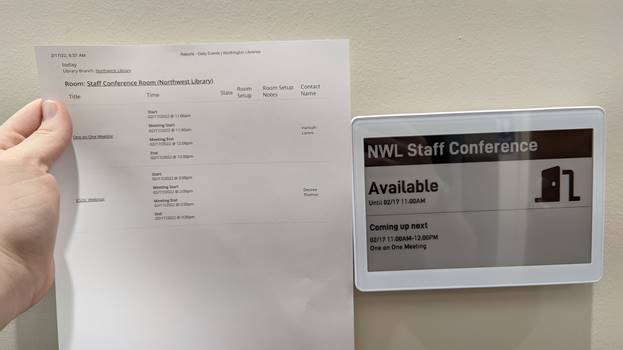
- What Is Carbon Neutrality -
What is the Carbon Neutrality?
Quote from the Wikipedia
Carbon neutrality is a state of net-zero carbon dioxide emissions. This can be achieved by balancing emissions of carbon dioxide with its removal (often through carbon offsetting) or by eliminating emissions from society (the transition to the “post-carbon economy”). The term is used in the context of carbon dioxide-releasing processes associated with transportation, energy production, agriculture, and industry.
The Tonga volcano eruption and Hurricane Ida have reminded us of the power of nature. Of how well should we live along with nature.
- The Bigger Picture -
The very core of carbon neutrality is to seek a better way for human beings to get along better with mother earth. It is true that natural resources are limited. It is also an undeniable fact for a very long period of time, that human beings will still live on Earth. (Assuming that the Space X plan not yet implemented on a large scale)
History has proven again and again that with the development of technology, new type of energy will replace the low efficient one. That’s why we level up the utilization rate of natural resources with technology. And digging the new way to better replace the inefficient ones. A new type of resources emerges. That brings the era to another level.
- Daily Practice -
To invent something totally new might be difficult for our normal people. In our daily practice, what can we do? to make our trivial contribution to the Carbon Neutrality? Well, there are many!
Let’s move the lens to the modern office. Thousands of meetings occur all over the world every second. To make the room schedule available to everyone, and to avoid the meeting conflict or meeting interruption:
- The intuitive way would be printing a paper that includes the room schedule, which means thousands of pieces of paper.
- If any meeting was postponed or the time was extended unexpectedly, then another piece of paper would be printed out.
Let’s time the amount by days, cities, and times of modification on the meeting schedule. That is a huge amount of paper wasted!
But, not if we have digital signage that can automatically sync the room schedule!
- Why the Low Power Consumption E-ink Display -
How many resources have been saved in this process?
- Room schedule update automatically. No need to print any paper.
- No need to send the staff to replace the paper if anything changes. Let change happen naturally.
- Organization efficiency was lifted up with this kind of room scheduler.
How much energy will be saved exactly?
Adopted with the low power consumption energy, each refresh on the screen, the power consumed is just 2mWH.
For a SyncSign 7.5-Inch Display, with a rechargeable battery, the refresh count at least will be 8,000 times. Which means 8,000 pieces of paper will be saved.
Well, what does ‘8,000 pieces of paper’ means? One ream equals 500 sheets of A4 paper, 8,000 pieces of A4 paper equals 16 reams. 16 ream of A4 paper piled up will be saved.

- A Step Towards the Carbon Neutrality -
In the office environment, this is a step towards Carbon Neutrality.
Besides syncing the room schedule, it can also serve as a message board, name tag, etc. Any messages for communication use, and be delivered in this way. Creating a paperless office environment.
Carbon Neutrality seems to be a grand concept. When it comes to the operational level, it always requires someone to carry it out. As long as we have this awareness and practice it every day, we will fulfill our responsibility as a part of the earth.
Check how it works.
